Croatia is divided into two predominant climate regions - Continental and Mediterranean although there are some variations within those climate zones. As everywhere, Croatias climate is determined by its geography, which is characterised by a mixture of mountains, plains, forests and a long littoral belt.
Mediterranean climate region
Croatias coast and islands, from Istria and Kvarner in the north through to Dalmatia in the south are governed by a Mediterranean climate, although it is usually several degrees cooler in the northern Adriatic than in the south. In the summer, the mean temperature is between 24°C and 26°C along the coast. Yet the Istrian interior is somewhat cooler at 22°C. In winter, the coast has a mean temperature of 2°C in the north and 9°C in the south.
As a rule, summer is the driest season along the coast and winter is the rainiest season, with twice the amount of precipitation as the summer. Croatias islands can be very dry (especially the islands furthest from the mainland) which sometimes leads to devastating fires. For example, the island of Vis averages only 557 mm of rainfall per year while the island of Brač averages 952 mm. Dubrovnik is one of the rainiest parts of the coast from October to December. Snow is a rare occurrence anywhere along the coast.
The sunniest island in Croatia is Hvar, with over 2,700 hours of sun per year. Split, Vela Luka (on the island of Korčula) and Dubrovnik are the next sunniest spots in Dalmatia.
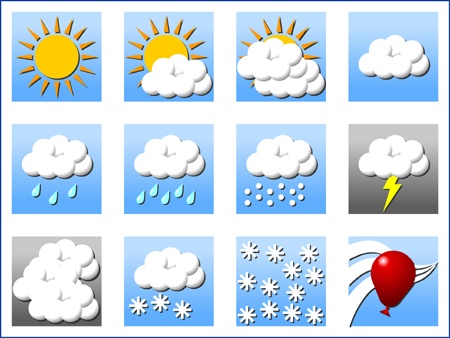
The coastal climate is also characterised by its winds. The most frequent wind in Dalmatia is the south-easterly “Yugo”, which blows toward the mainland in autumn and winter bringing warmer and moister air with it. The “Bura” however, is a cold, dry wind which blows from the mainland in sudden and powerful gusts bringing dry air and cooler temperatures. The westerly “Maestral” is a pleasant summer wind that blows in from the sea (reaching its peak force in early afternoon) and that refreshes the air.
Continental climate region
The Croatian interior, which includes Zagreb and Slavonia, is separated from the coast by the Dinaric Mountains and has a completely different climate. Winters get cold, with the mean temperature in January ranging from 0°C to -2°C. In July, the mean is approximately 22°C although strong heat waves have become more frequent.
The mountains of Croatia such as the Velebit range and Medvednica (near Zagreb) are cooler and get more precipitation. In winter the mean temperature ranges from -2°C to -4°C and above 1,500 m it is a few degrees colder. Snow is common in the higher elevations, providing Croatia with a ski season. In summer the mountains are a temperate 10°C to 18°C, which makes them a pleasant escape from the coastal heat.
 Croatia
About the country
Croatia
About the country

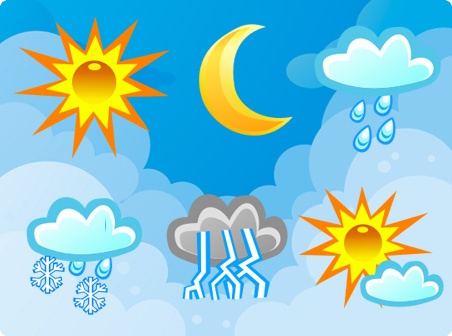
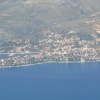

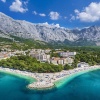

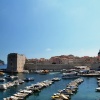
 Montenegro
Montenegro Slovenia
Slovenia Albania
Albania